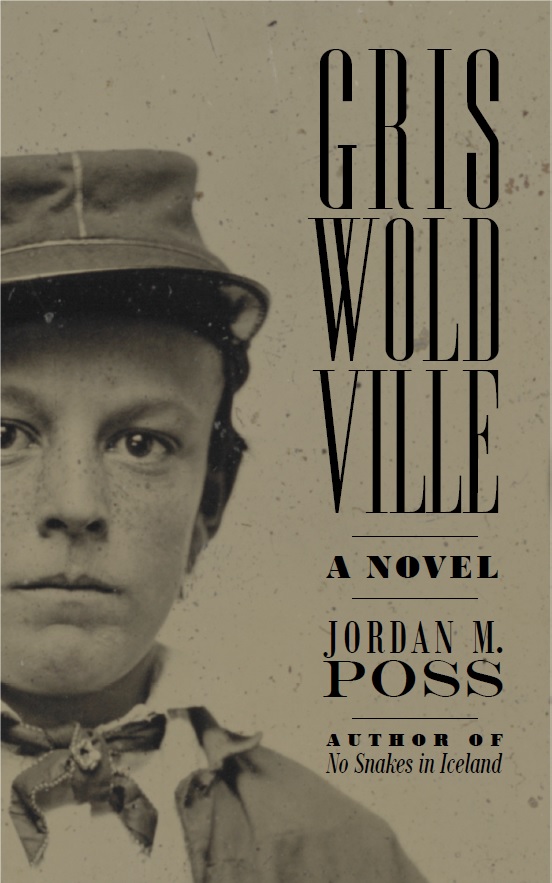Three items on learning by doing
/Item: This morning Alan Jacobs shared a short post on Allan Dwan, who happened into the director’s chair by accident in 1911 and directed his last film in 1961. Along the way he gave Lon Chaney his break, discovered Carole Lombard, and—like many such early filmmakers—innovated both artistically and technically, those two aspects being deeply intertwined in filmmaking. Jacobs:
It’s fascinating to see how this industry—this art form—developed when nobody knew how to make movies. Dwan himself was the first to figure out that you could dolly a camera backwards, putting it on rails or a truck and backing up. (This actually disoriented viewers at the time, made them feel woozy). He helped D.W. Griffith figure out how to do a crane shot for Intolerance. All such techniques had to be improvised—and when an improvisation worked it became an invention. You basically had to think like an engineer, and Dwan was an engineer.
Item: Also this morning, Ted Gioia shared an essay on children and music lessons with a special focus on why so many kids quit not only the lessons but the instrument. In his own experiences with lessons, despite hating and quitting his piano them he kept playing on his own. Then:
I made up my own songs. I learned other songs I liked by ear. I actually played the instrument more after those awful lessons had been terminated. . . .
So I developed without jazz teachers, both as a musician and as a music historian. There’s some irony in that. I had access to amazing professors at illustrious universities, but jazz wasn’t part of the curriculum. In the field in which I made my reputation, I had to teach myself.
I’m not especially proud of that. Too much of what I’ve done in life has happened outside official channels. I’ve missed things by not accessing the right teachers at the right time. Things I did learn, I might have learned faster with proper guidance.
On the other hand, you learn very deeply when forced to invent your own pedagogy. And I take some comfort in knowing that there were almost no jazz teachers for the generations that came before me. Many of the jazz pioneers learned by doing—and they turned out okay.
The improvisatory, trial-and-error quality of both stories is fascinating, and both Jacobs and Gioia more or less directly point out that learning this way takes a long time—but one learns “very deeply.” Think of one of the greats in any field—filmmaking, music, writing, painting, science, even law, politics, and war—and they will almost certainly have started at the bottom, learning the nuts and bolts. Here’s a short list of directors who started off as gofers on the crew of low-budget director Roger Corman, for example.
But when you learn by doing, once you’ve mastered your art—insofar as that is possible in any art—a funny thing happens: your expertise translates into style. Which leads me to this third and final piece:
Item: Last week I saw this interesting Substack note from novelist Aaron Gwyn (whose excellent novella The Cannibal Owl I’ve just read and loved):
We all love a stylish writer, whether mannered and showy like Faulkner and Cormac McCarthy or “invisible” like Elmore Leonard. But how will a writer or artist of any kind know what his strengths and weaknesses are without doing the work?
I remember learning once, when our kids were small, that playtime dangers are not to be avoided but embraced. Climbing trees, going up slides the wrong way, jumping off of swings, doing pretty much anything on a trampoline—these are how children learn what their bodies are capable of. It both teaches them limits and gives them confidence in what they can do. But they have to do it.
This is what I hate most about AI “writing”: by offering finished products without the process, it robs writers of all kinds—whether novelists, students, or office drones drafting e-mails—of the work. It tricks people into thinking they’re able-bodied adults while bypassing the whole childhood playground experience. It’s not only instrumental and pragmatic, it weakens the person who uses it without their even realizing it. But perhaps worst of all, the work, the nuts and bolts, is not only how you master the craft and art of writing, it’s one of the most fun parts of it.
Perhaps more thoughts on that later. But for now, read all the items above and note especially the importance of play and enjoyment in Gioia’s post on music lessons, and consider how AI advocates consistently portray writing—or whatever the process in question—as time-wasting drudgery. Someone is lying.





